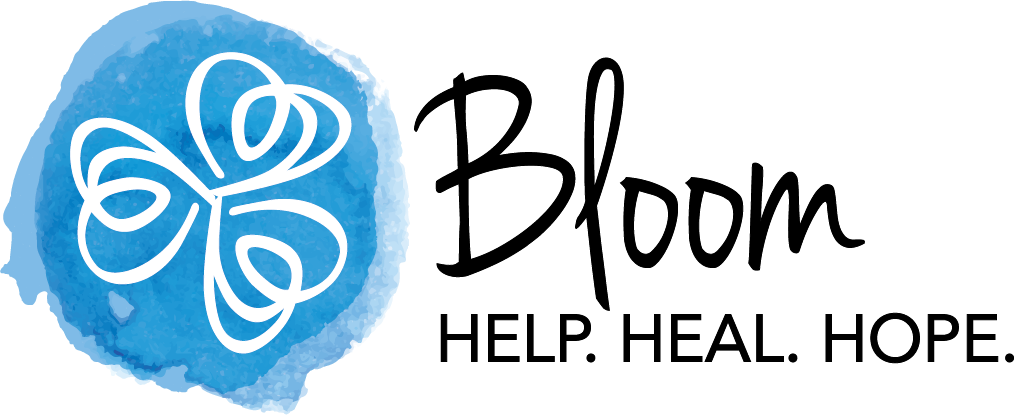Ut sodales turpis maximus, ornare tellus in, sodales purus. Suspendisse vehicula mi sed tortor cursus ultrices sit amet sit amet turpis. Nulla facilisi.
Lorem Ipsum
Lorem Ipsum
Curabitur ac molestie orci, id laoreet lacus. Nam elit lorem, rhoncus sit amet molestie et, semper in justo. Quisque elit orci, commodo dapibus elit vitae, suscipit iaculis justo.
Award-Winning
Experienced Professionals
Satisfied Clients
Morbi tincidunt venenatis sapien eu commodo. Nam suscipit porttitor accumsan. Lorem ipsum dolor sit amet, consectetur adipiscing elit. Mauris et justo turpis. Nullam id accumsan nisl.
Nunc malesuada, sapien sed hendrerit rhoncus, est est accumsan ante, faucibus imperdiet libero nisi quis risus.
Suspendisse vel ipsum rutrum, tincidunt neque lobortis, facilisis leo. Suspendisse dignissim egestas tellus, id tempor libero molestie facilisis. Aliquam erat volutpat. Sed molestie, nisl et interdum blandit, turpis elit pellentesque massa, ut iaculis nunc tellus eget enim. Etiam sem dolor, gravida non elementum vel, ultricies vitae felis. Aliquam posuere ipsum malesuada rutrum scelerisque. Nam posuere aliquam sodales. In ut dui eu eros consectetur finibus vehicula quis sapien.
What Our Clients Say
It seems we can’t find what you’re looking for.
What is Sex Trafficking?
The Federal Trafficking Victims Protection Act defines sex trafficking as the recruitment, transportation, provision, or obtaining of a person for the purpose of a commercial sex act where such an act is induced by force, fraud, or coercion, or in which the person induced to perform such act has not attained 18 years of age.
The trafficking of women and children is the world’s fastest growing crime. The sex trafficking industry pulls in an estimated $99 billion each year.
Sex trafficking is a form of modern slavery that exists throughout the United States and globally. It is happening right here in the Lehigh Valley. Sex trafficking exists in our communities, in our backyard. It is happening at the local hotels, truck stops, fake spas, and online every day.
Sex traffickers use false promises, violence, threats, lies, and other forms of coercion to compel adults and children to engage in commercial sex acts against their will
Many women and children become entrapped in the sex trafficking industry at an early age because they are sold by their parents or another family member. Others are lured with false employment offers or they become romantically involved with someone who forces or manipulates them into prostitution. Girls in foster care are particularly vulnerable.
Many are beaten, tortured or family members lives are threatened if they attempt to run away.
Imagine being sold night after night for sex, forced to do drugs to control you, beaten, you have no other resources and you are scared for your life. What would you do?
This is why we opened Our Homes.
Know the Signs
General Indicators:
- Signs of physical abuse,
malnutrition, or untreated medical conditions - Lack of control over
personal identification documents (ID, passport, etc.) - Inability to speak
freely or being closely monitored by someone else - Working excessively long
hours with little or no pay - Sudden behavioral
changes, fearfulness, or submissiveness - Living in poor,
overcrowded, or unsafe conditions - Signs of branding or
tattoos indicating ownership by a trafficker - Restricted or controlled
communication, especially with outsiders
Labor Trafficking Indicators:
- Forced to work under
threats or intimidation - Owing a large and
seemingly unpayable debt to an employer - Confiscation of wages,
tips, or identification - Poor working conditions
and lack of safety equipment - Employer-provided
housing with restricted movement and communication
Sex Trafficking Indicators:
- Engaged in commercial
sex work under coercion, force, or fraud - Frequent movement
between locations (hotels, motels, truck stops) - Presence of an older,
controlling partner or “manager” - Fear of law enforcement
or reluctance to seek help - High number of online
ads with different names but similar photos
Who is at Risk?
Certain vulnerabilities make individuals
more susceptible to trafficking.
Social & Economic Risk Factors:
- Poverty and lack of
economic opportunities - Unstable housing or
homelessness - History of domestic
violence, sexual abuse, or neglect - Limited access to
education or employment opportunities
Personal & Psychological Risk Factors:
- History of substance
abuse or mental health struggles - Low self-esteem and
emotional dependency - Previous involvement in
the foster care or juvenile justice system - Social isolation or lack
of strong support systems
Situational & Systemic Risk Factors:
- Immigration status
making individuals fearful of deportation - Being in a foreign
country without knowledge of local laws or language - Natural disasters,
conflict zones, or economic instability increasing vulnerability - LGBTQ+ individuals
facing family rejection or discrimination - Youth who have run away
or been kicked out of their homes
How You Can Help
If you suspect someone is a victim of
trafficking, take action:
- Call the National
Human Trafficking Hotline: 1-888-373-7888 or text “HELP” to 233733. - Report concerns to local
law enforcement or child protective services - Support survivor-focused
organizations and advocacy efforts
Together, we can raise awareness, protect
vulnerable individuals, and prevent human trafficking in our communities.
